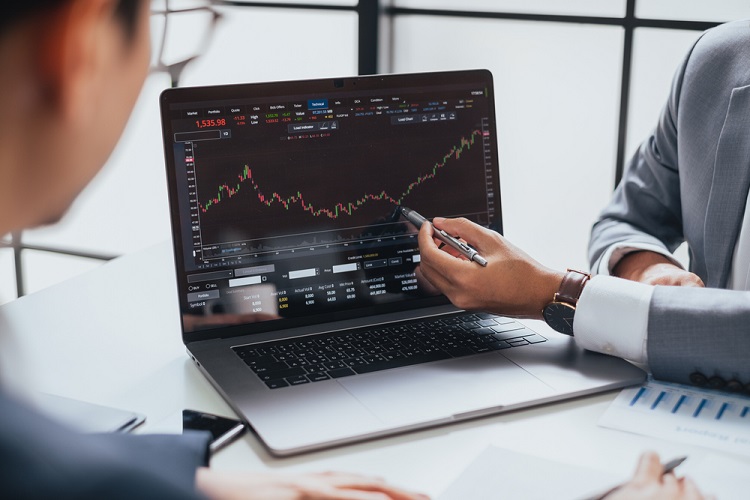Forex trading is lucrative for seasoned traders who know what they’re doing. But it’s also gaining popularity with those looking for a side hustle. Whether you’re a complete novice or an experienced trader, backtesting is a popular way to refine and test your trading strategy.
To learn more about backtesting and its benefits, read on.
Table of Contents
What is backtesting?
Backtesting is an important tool for Forex traders looking to refine and optimise their strategies. It involves examining historical data trends to recognise patterns and risks.
In its most basic format, backtesting involves applying a trading strategy to historical market data. This means that you can see what returns your strategy could have made in previous market conditions. These insights can be highly valuable for traders planning their next move.
It’s worth noting that backtesting isn’t guaranteed, though. Markets can be extremely volatile and one strategy that worked previously might not work today. However, it’s an important due diligence measure. By backtesting your strategy, you can see how volatile an asset is and therefore take the necessary steps to manage your risk.
How to identify patterns and trends
Through using a quality trading platform to carry out backtesting, traders can delve into historical data to identify patterns and trends. These insights can then form the basis of a new trading strategy. Although some inexperienced traders might forego this step, this process means you can thoroughly understand your strategy’s strengths and weaknesses. This helps traders make decisions that lead to better performance in the future.
How does backtesting help with risk management?
Any traders will know how important it is to manage their risk, especially with 51% of all adults financially vulnerable in some way.
Backtesting can weed out bad strategies and confirm ones that are more likely to be successful.
But that’s not the only way it helps with risk. By examining the maximum amount of capital at risk, traders can refine their risk parameters and only trade with what they can afford to lose in different market conditions.
How to optimise entry and exit points using backtesting
Another way in which backtesting can be helpful is in terms of entry and exit points. By tweaking trading parameters based on historical data, traders can adapt and refine their entry and exit points until they have a strategy that enters and exists positions at the optimal moment. While there’s no guarantee, using backtesting to define positions can increase the chances of a profitable trade.
While it might seem like an unnecessary step, backtesting is an excellent way to protect yourself against risk and reduce the chances of wasting capital on a bad trading strategy. Those who take the time to properly backtest will reap the rewards.

